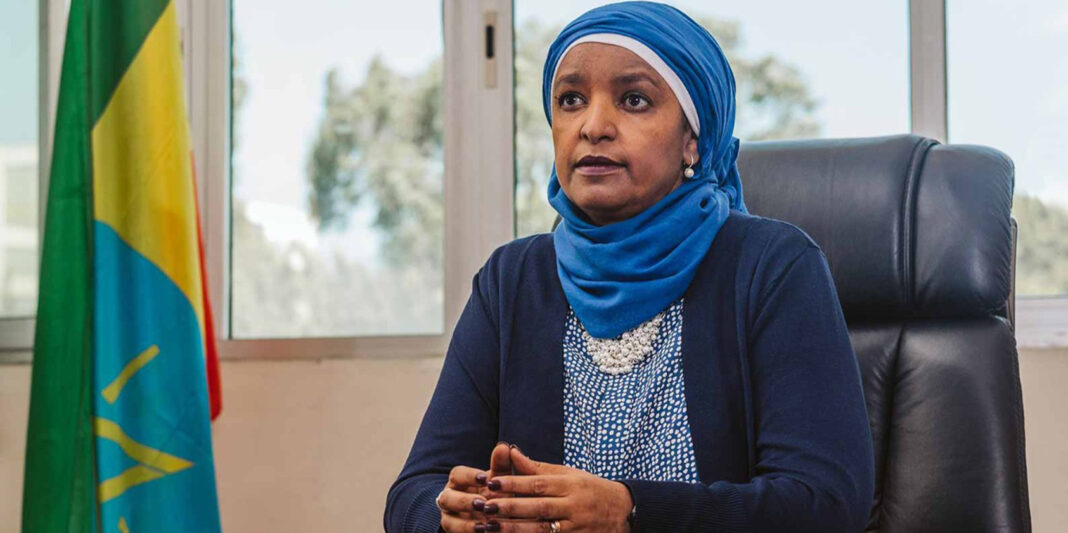With a bill to establish an independent insurance watchdog set for ratification this year, industry leaders stress that collaboration among three key sectors is essential for enhancing growth and affordability beyond the expanding premium market.
This topic was a focal point of discussion at a two-day workshop organized by the Insurers Association in partnership with international entities, including FSD Ethiopia.
Industry leaders, including CEO Hikmet Abdella, recognized the market’s robust growth, attributing it to increased economic activity, broader asset coverage, and gradual modernization of the regulatory framework. Solomon Desta, Vice Governor of the National Bank of Ethiopia (NBE), the sector’s regulator, quantified this growth, reporting a 50% rise in premium income over the past financial year. General insurance premiums climbed to 38.7 billion birr, driven by rising asset values and a surge in motor policy underwriting, while life insurance reached 2.7 billion birr for the 2024/25 period. Despite this growth, officials highlighted that overall insurance penetration remains critically low.
Belay Tulu, Head of Insurance Supervision at the NBE, stated that the sector’s future depends on the interaction among public demand, market-driven suppliers, and effective regulation. “To maximize the sector’s benefits and extend coverage to underserved populations, collaboration among these three stakeholders is vital,” he said. Belay emphasized the need for the market to understand demand capacity and to advance financial inclusion, a key aspect of the regulator’s mandate. He urged retail providers to create responsive and affordable products with simplified delivery channels.
He also identified appropriate pricing as a crucial success factor. “Incorrect pricing can lead to delayed claim settlements, unsustainable product offerings, and potential liquidity shortages,” he noted, adding that establishing accurate pricing requires robust data and professional expertise.
A significant challenge highlighted at the forum is the gap between insurance premium growth and GDP expansion. A senior regulator remarked, “Insurance penetration is disproportionately low compared to GDP growth, a situation that can be addressed through coordinated stakeholder action, including government involvement.”
Christine Hougaard, Technical Director at Cenfri, pointed out the opportunities presented by advances in financial inclusion, referencing a World Bank survey that shows nearly half the population now has a mobile money account. “This widespread adoption of bank accounts offers a major opportunity for insurance distribution and premium collection,” she said, identifying customer outreach and recurring premium payments as ongoing challenges in the industry.
She noted that these digital channels are promoting innovation, with new initiatives in product design, micro-insurance, and distribution channels arising from partnerships with mobile money providers and the emergence of insurtech firms. However, she cautioned that the sector’s digital transformation is still in its early stages, with end-to-end remote sales, digital claims, and fully digital servicing not yet fully established.
The market potential is significant, driven by urbanization, a gradual shift away from agricultural employment, and expanding mobile connectivity. A recent World Bank survey indicates a clear demand for insurance across various risk categories and a generally positive public perception. Nonetheless, challenges such as low consumer awareness, irregular savings patterns, low incomes, and limited financial literacy continue to hinder growth.
On the supply side, there is considerable opportunity to leverage advancements in digital and financial inclusion. Hougaard identified a potential market of approximately 87 million adults in Ethiopia, with about 10% already insured. By targeting organized groups such as SACCOs and cooperatives, along with the financially included population, providers could potentially reach up to 58 million uninsured adults through existing touchpoints.
To improve affordability, she suggested segmenting the market and customizing strategies for each segment. Innovators should first focus on groups that either “can already afford” insurance or “could afford it with the right product,” and then gradually work towards addressing the “missing middle.” For the lowest-income tier, she recommended using indirect products and forming strategic partnerships with the government to prevent market distortion.
Despite the sector’s potential, progress on the long-awaited announcement to create an independent insurance supervisory authority has been delayed. Belay confirmed that the drafting process is still underway and is expected to be presented for ratification within the current budget year, although no specific timeline has been provided. Currently, the industry is overseen by the central bank, but some experts advocate for reforming this structure into an independent body to offer the sector more focused guidance and attention.







